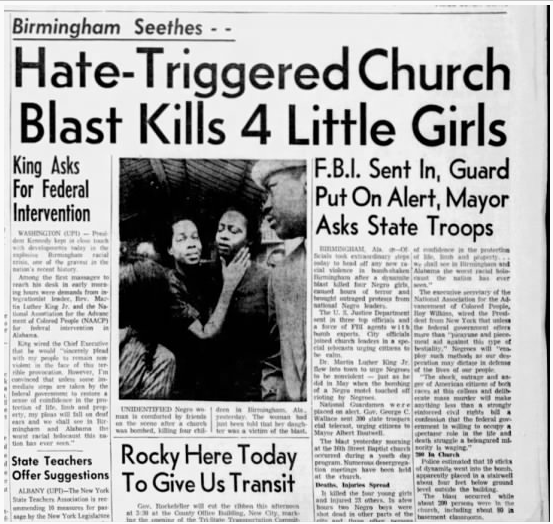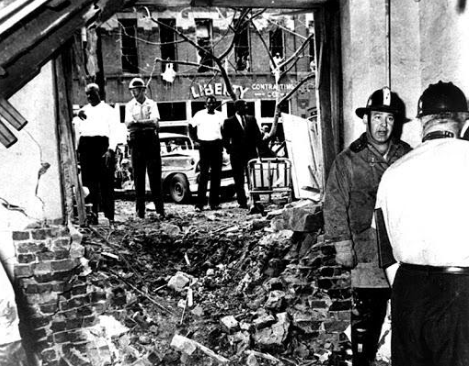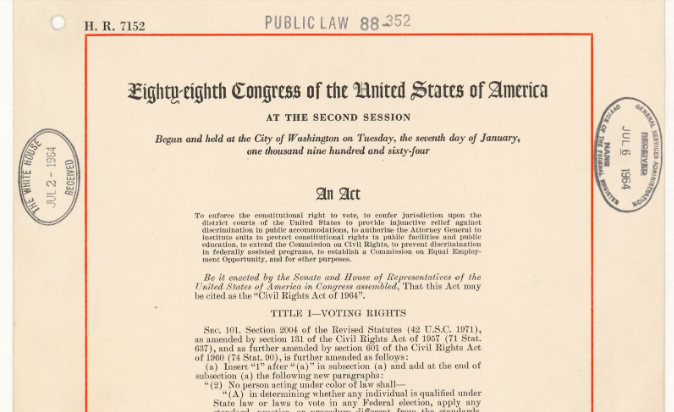The successes in Birmingham was motivation for other Civil Rights protests and successes. There was the Selma to Montgomery march, which is where “protesters marching the 54-mile route from Selma to the state capital of Montgomery were confronted with deadly violence from local authorities and white vigilante groups,”(History Channel Website) to gain voting rights. Congress then passed the Voting Rights Act of 1965. The Voting Rights Act made it legal for African Americans to vote. Although it was already legal for them to vote, it was very hard for them to do so since they “were told by election officials that they had gotten the date, time or polling place wrong, that they possessed insufficient literacy skills or that they had filled out an application incorrectly.”(History Channel Website) However, when the Voting Rights Act was passed, white people couldn’t use literacy tests to exclude African Americans from practicing their right to vote.
“We fought hard in the civil rights struggle. We fought to make things better and to make things right for our people. A lot of blood was shed. A lot of people lost their lives so they could get where they are today. We’ve come a long ways, but we’ve got a long ways to go.”
-Mamie King-Chalmers, NBC Nightly News
The march showed that even children as young as four-years-old knew the difference between right and wrong and that they should be treated as equal citizens of the United States. They knew that even though it might have hurt at the moment, in the big picture they were doing the right things to provide a better life for themselves and for many generations to come.

- Newspapers.com

